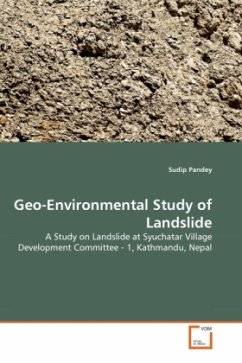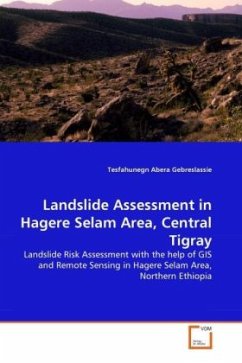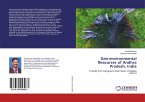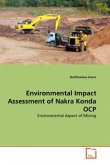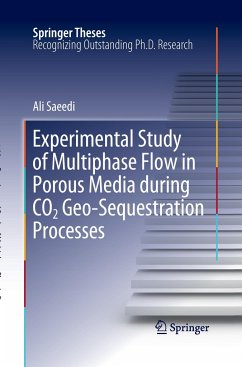Landslides are common phenomenon in mountainous terrain like Nepal due to natural as well as man made causes. According to the Ministry of Home Affairs, Nepal, approximately 32% people of the country lost their life due to landslide and flood disasters during the period of 1986 to 2005. Syuchatar landslide of Nepal, which occurred in the year 2006 and had average measures of 27.9m length, 23.2m width and 20m depth, caused damage of property worth millions of rupees and posed a threat to residential area situated above the head scar. Realizing the importance of safety of people and their property from such landslides, the site was selected for study. This book, therefore, provides an overview of types and causes of landslide and its prevention and control measures. Different parameter such as soil texture, soil profile and grain size analysis were made. The study aims to provide suggestions regarding the control measures of landslides, and is designed so as to be useful for professional workers in landslide hazard mitigation or anyone else who will have a bearing of the effects of landslides.
